Lunar Eclipse 2011: Most Beautiful And Longest in 11 years (PHOTOS)
Spectators across the world were amazed to see the longest and the most beautiful lunar eclipse in 11 years and the first of the year and on June 15, 2011 when the moon turned into a blood-red shade as it entered the earth's shadow.
The eclipse lasted 100 minutes and the next such eclipse is forecast to take place only in 2141.
In the last 100 years, only three other eclipses have rivaled the duration of totality of this eclipse. The last lunar eclipse closer to the center of Earth's shadow was on July 16, 2000, when it lasted 107 minutes.
The latest lunar eclipse was visible in Australia, Singapore, India, UK, some parts of Europe and Africa. However, the North Americans have missed the rare spectacle as the eclipse ended shortly before 7 p.m EST.
Still thousands watched the stunning lunar eclipse live online. Google and the skywatching website Slooh teamed up to offer live views of the eclipse from Dubai, South Africa and Cyprus, with Google modifying its homepage logo for the cosmic event.
A lunar eclipse occurs when the moon passes behind Earth so that the earth blocks the sun's rays from striking the moon. This can occur only when the Sun, Earth, and Moon are aligned exactly, or very closely so, with Earth in the middle.
The type and length of an eclipse depend upon the Moon's location relative to its orbital nodes. The June 15 eclipse was a central eclipse, visible over Europe and south America after sunset, over Africa and most of Asia, and Australia before sunrise. The previous total lunar eclipse occurred on December 21, 2010, at 08:17 UTC.
Unlike a solar eclipse, which can only be viewed from a certain relatively small area of the world, a lunar eclipse may be viewed from anywhere on the night side of the Earth. A lunar eclipse lasts for a few hours, whereas a total solar eclipse lasts for only a few minutes at any given place.
The next total lunar eclipse will fall on Dec. 10, 2011, which will be visible from all of Asia and Australia and parts of the U.S. including Hawaii and the Pacific Northwest, while rest of the continental U.S. will have to wait until April 15, 2014 to witness a total lunar eclipse.
Check the best captured images of the 2011 Lunar Eclipse from around the world:
Must Read: Lunar Eclipse June 15: Most beautiful and longest in a decade (PHOTOS)
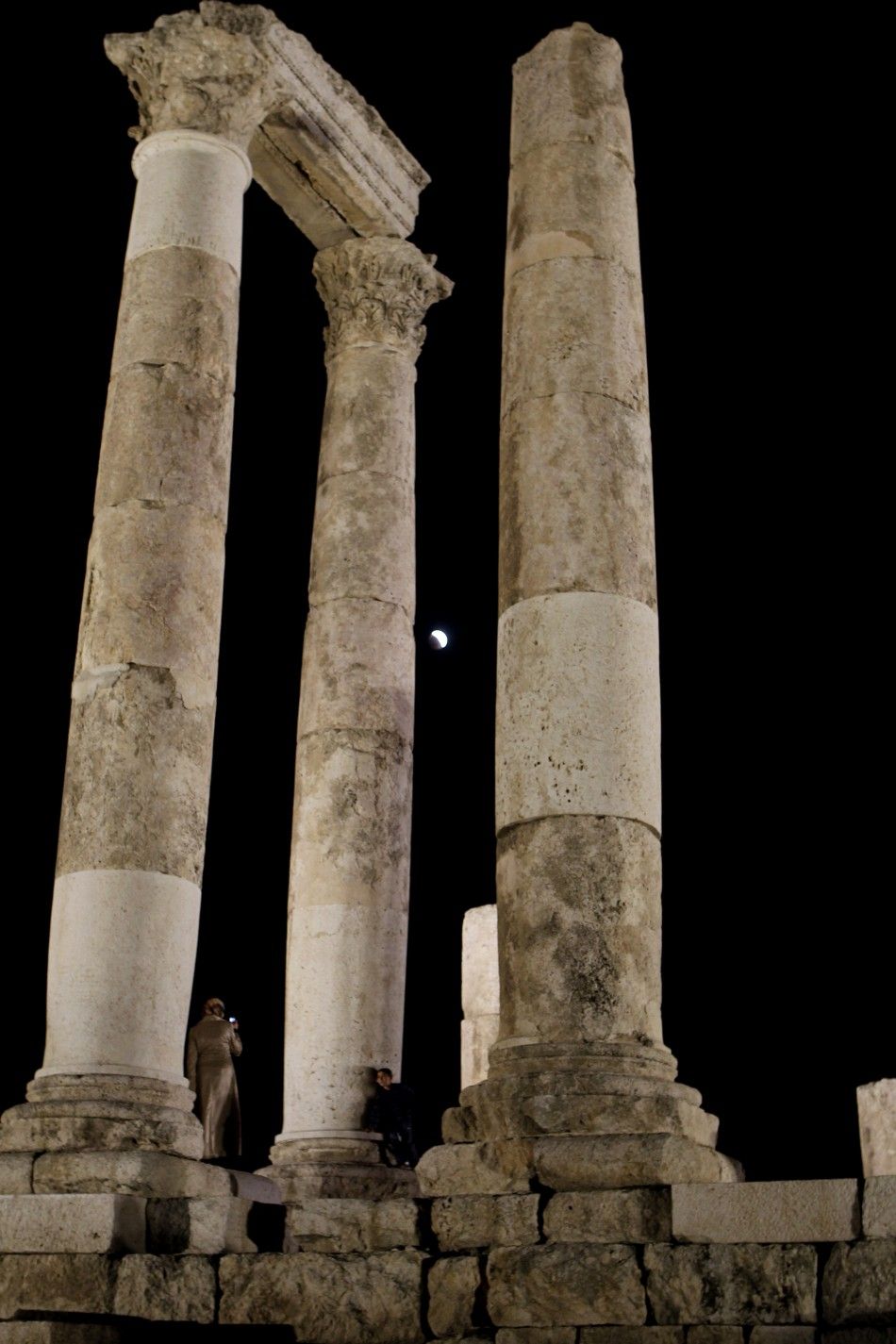

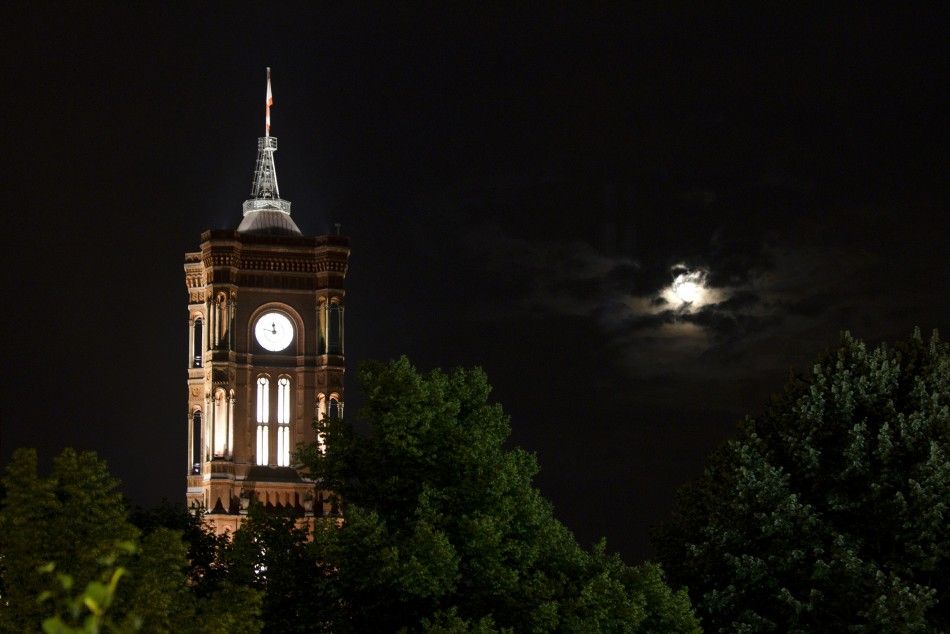
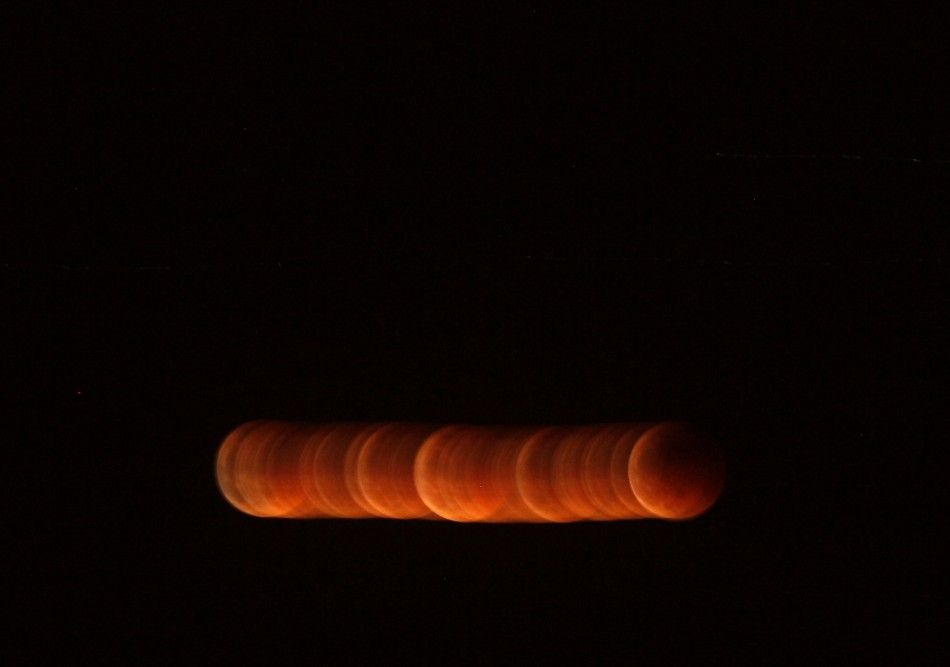
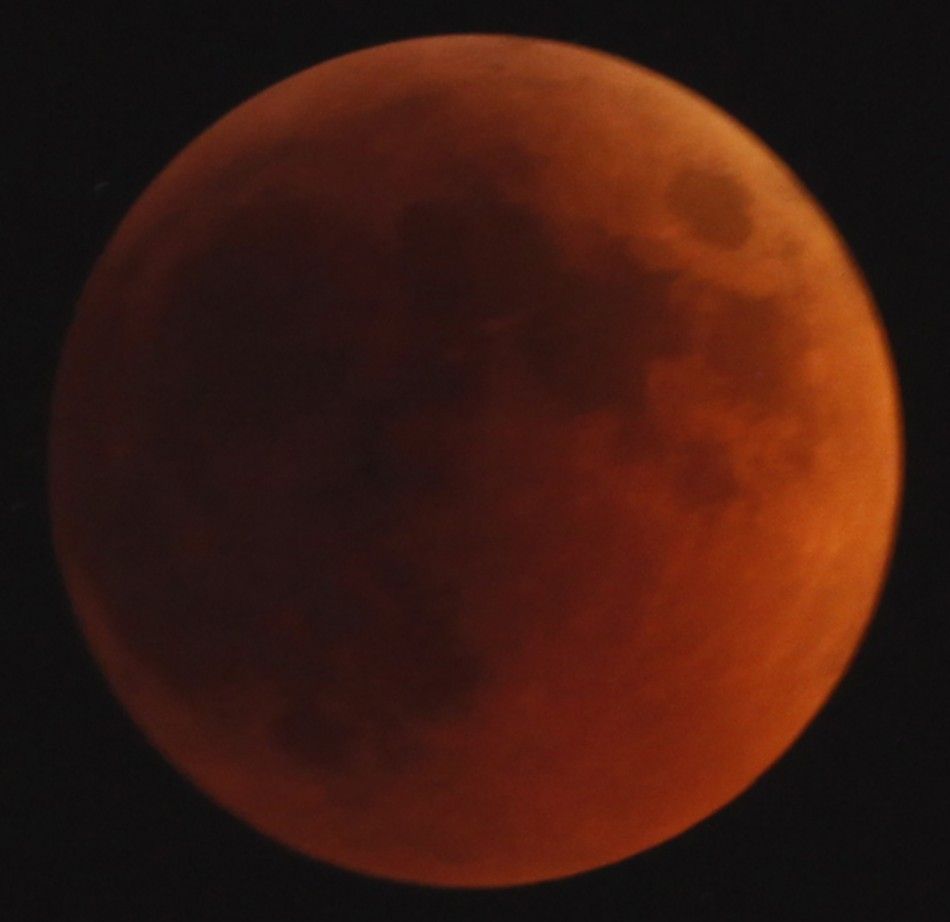

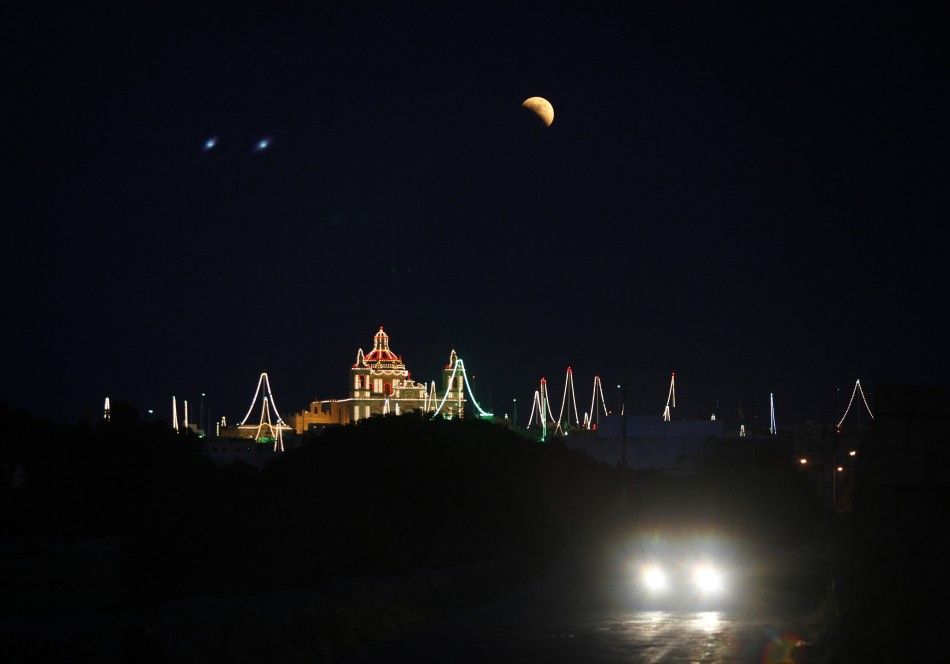
© Copyright IBTimes 2024. All rights reserved.











